

Engage prospects with a scan and streamline customer engagement with FREE QR code marketing tools by Sona – no strings attached!
Create a Free QR CodeFree consultation

No commitment

Engage prospects with a scan and streamline customer engagement with FREE QR code marketing tools by Sona – no strings attached!
Create a Free QR CodeFree consultation

No commitment
Used carpet retailers are under increasing pressure to modernize their approach in a market shaped by evolving customer expectations and the rise of digital-first competitors. Traditional sales processes like printed catalogs, static signage, and manual inquiry forms can lead to missed connections between interested buyers and available products, especially when there is no visibility into which showroom visitors are actually serious prospects. The absence of granular engagement data often results in missed opportunity for both follow-up and a personalized experience.
QR code technology in retail offers used carpet sellers a seamless bridge between the physical and digital world, transforming every product display, flyer, or direct mail piece into an interactive customer engagement opportunity. When implemented correctly, QR codes enable instant insight into shopper intent that static materials cannot provide. Customers can quickly access detailed product histories, pricing, care instructions, or even leave instant feedback, which improves conversion rates and provides retailers with valuable data that was previously invisible. For industry context, explore these flooring-focused flooring QR strategies.
By strategically deploying QR codes, used carpet retailers can elevate showroom experiences, personalize communication, and capture critical buyer signals that feed directly into improved lead management systems. The following sections explore how these tools solve for lost opportunities, encourage actionable engagement, and enable sustainable, data-driven growth at every stage of the flooring sales journey. For a broader primer, see Sona QR’s marketing guide.
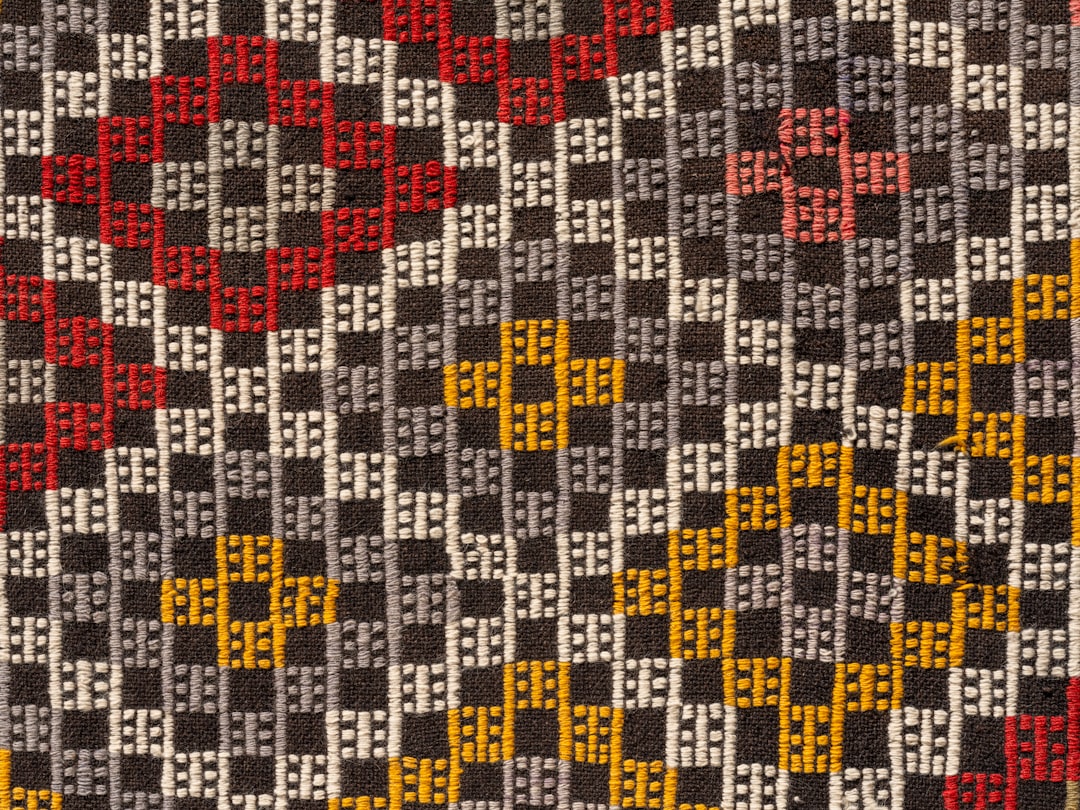
QR codes act as a conduit between offline shoppers and digital customer journeys, giving used carpet retailers a practical remedy for the gaps that appear in analog sales processes. Pain points often stem from manual steps like hand-written inquiry sheets, disjointed brochure handouts, and stand-alone price tags that make it easy for valuable prospects to slip through the cracks and remain untracked in any CRM.
A conversion-focused QR strategy reframes every physical touchpoint as a gateway to a measurable digital action. Instead of asking shoppers to take home a brochure and call later, you invite them to scan a code and get an instant quote, request a virtual sample, or save a designer’s contact. That shift reduces friction, improves response times, and helps your team focus on the highest-fit opportunities. It also replaces outdated analog steps with streamlined flows that move faster, capture richer data, and support more precise outreach. Start creating QR codes for free.
When you close the gap between browsing and action, every scan becomes both a live signal of interest and a qualified opportunity. The result is a more responsive sales process, better customer experiences, and a reliable lift in conversions from the same foot traffic.
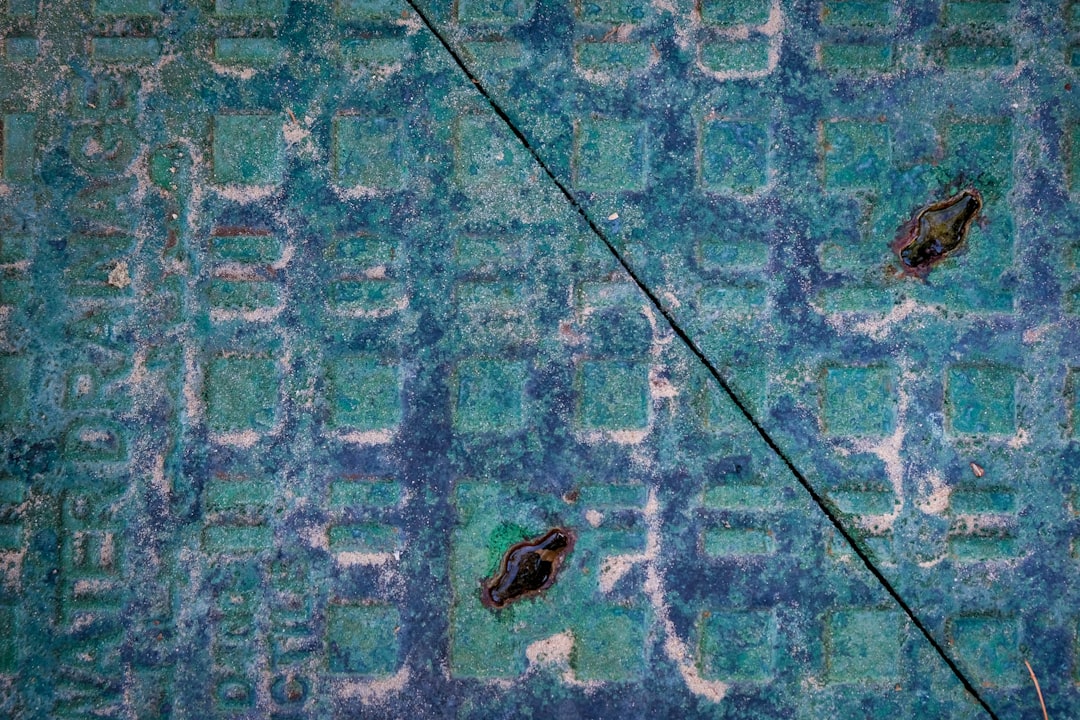
Used carpet retailers face a specific challenge: customers spend time examining piles, textures, and colorways without leaving a trace of their interests. They may take photos, collect swatches, or ask a few questions, yet never fill out a form or share contact details. Generic web analytics cannot reveal who these shoppers are or which product sparked their attention, so follow-up becomes guesswork and many promising leads remain anonymous.
QR codes resolve this by turning passive browsing into trackable engagement. Each scan can carry context, such as the product SKU or showroom location, then trigger a tailored experience based on what the shopper wants to do next. That can mean viewing care instructions for a pre-owned wool carpet, checking dimensions to confirm fit, or applying for financing. Retailers gain the ability to see interest as it happens, then respond proactively with relevant content and offers. For practical deployments in flooring, see these flooring QR solutions.
By integrating QR codes, retailers trade assumptions for evidence. Instead of hoping that a visitor returns or calls, you can invite immediate action, capture data, and continue the conversation across channels.
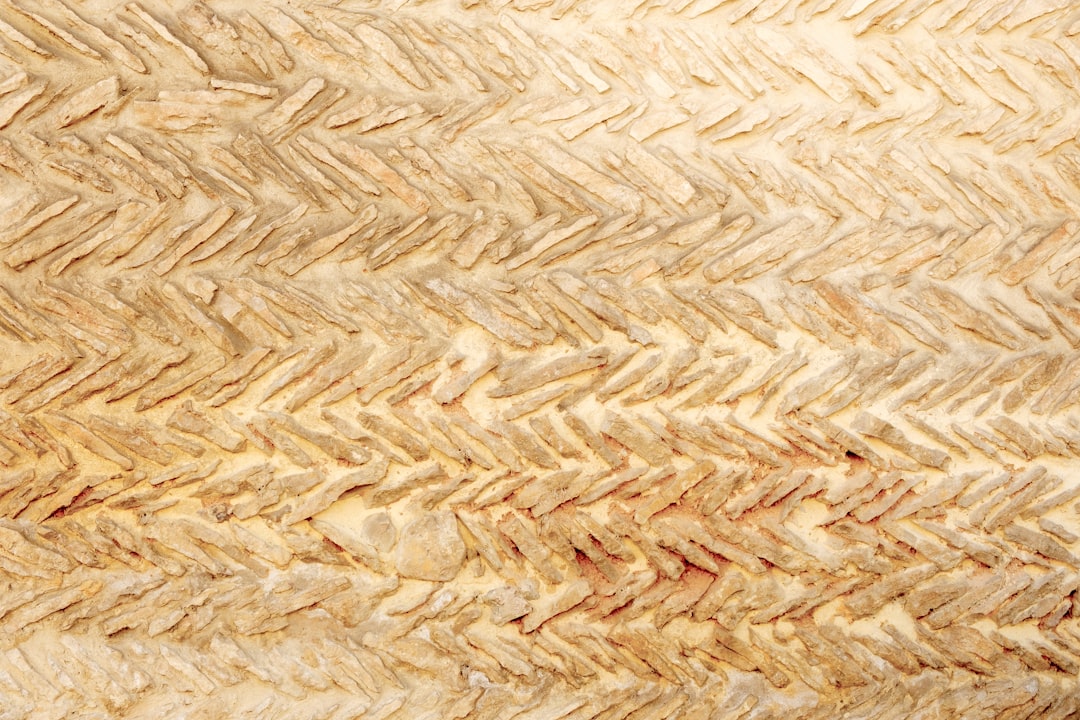
Used carpet sales involve multiple decision points: quality verification, fit and style alignment, budgeting, and logistics. Different QR formats support these decisions in context, giving shoppers the exact path they need without forcing them to install apps or navigate complicated menus. Selecting the right format and destination ensures scans translate into meaningful actions.
Retailers benefit most from formats that streamline lead capture, reveal product-level insight, and connect shoppers with staff at the right moment. Dynamic QR codes add flexibility, since destinations can be updated when inventory, promotions, or compliance content changes. This reduces reprinting costs and keeps every code useful even as product lines evolve.
Dynamic QR codes are particularly useful in used carpet retail because stock turns frequently. With dynamic links you can adjust a code’s destination when an item sells, redirecting to a close alternative, a waitlist, or a category page instead of leaving scanners at a dead end.
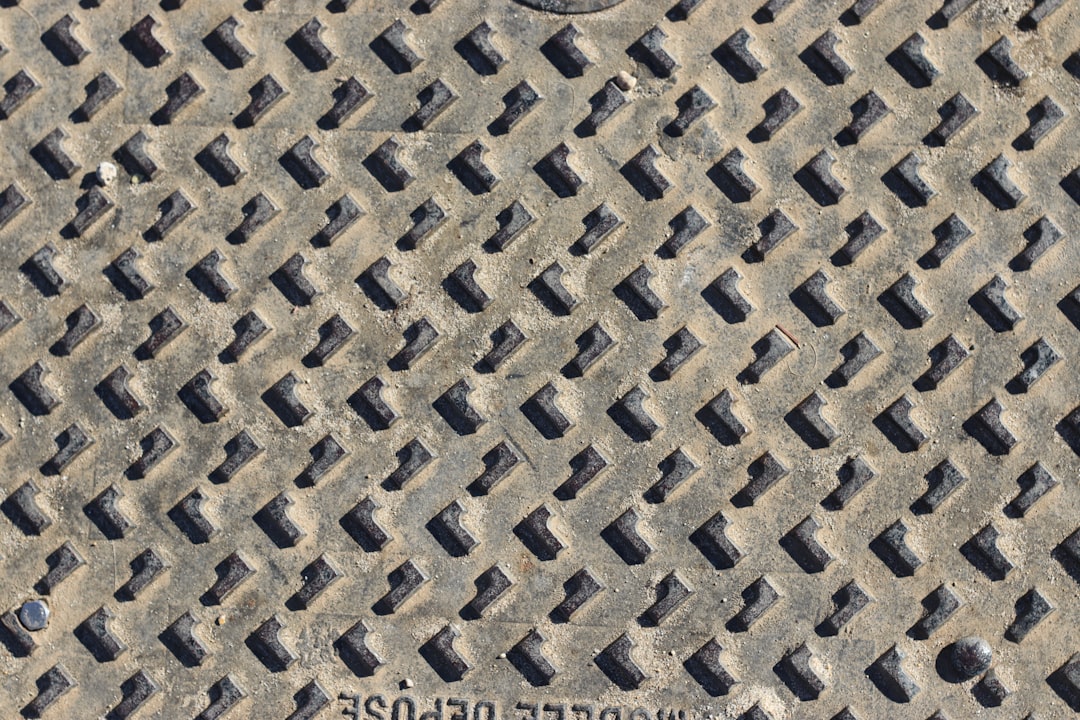
Growth often hides in everyday touchpoints that receive heavy foot traffic but produce no measurable data. Used carpet showrooms are filled with these moments: customers compare rugs by feel, flip tags for price and material, then leave with questions unanswered. Bringing QR codes to those moments turns curiosity into action, and action into trackable demand.
The goal is not to blanket every surface with codes. It is to place the right code where a decision hinges on missing information, a task needs simplification, or a follow-up should be triggered automatically. Start with high-visibility displays, sales bottlenecks, and media that already perform, then build outward from what works.
Align each QR-enabled interaction with where buyers ask questions, compare options, or seek reassurance. This ensures your highest-intent signals are captured without adding friction to the showroom experience.
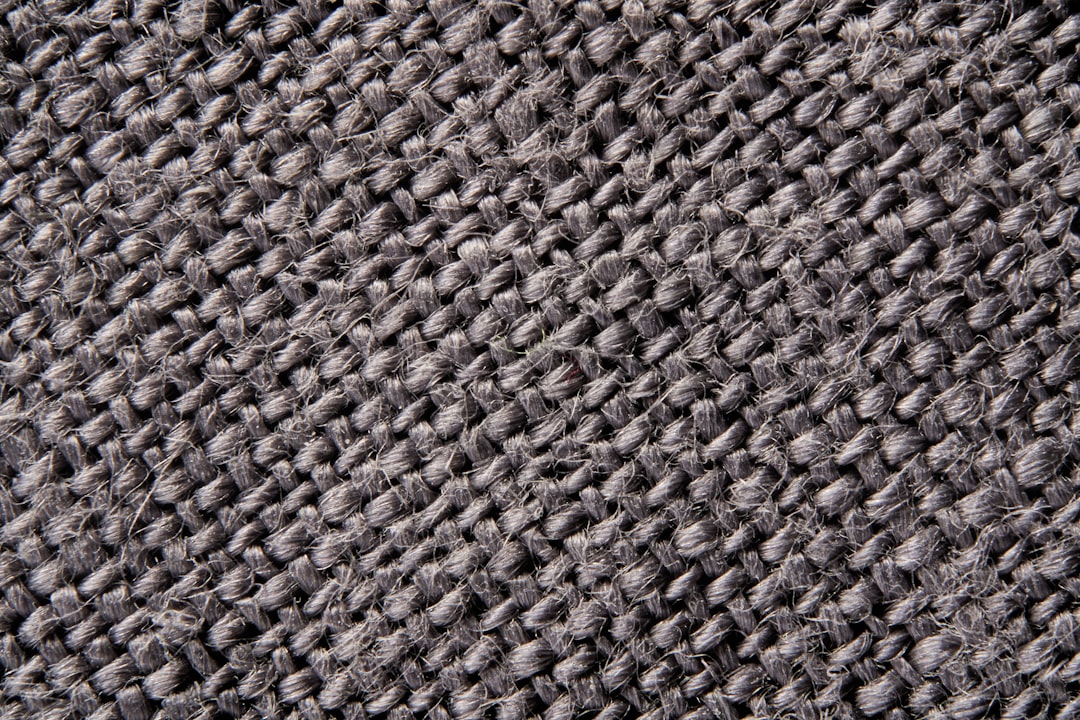
Used carpet buyers are discerning. They want proof of quality, clarity on maintenance, and confidence in a fair price. QR codes help retailers meet those expectations with experiences that reduce uncertainty and shorten the path to purchase. By designing a few focused use cases that map to common questions, you can lift conversions quickly.
Start by identifying the decisions that stall purchases: material care, authenticity, fit, installation logistics, or financing. Then craft a scan destination that resolves that decision in a single experience. The strongest use cases deliver value to the shopper while creating a clear next step for your team to follow up.
These experiences address the questions that can otherwise become objections. They also help your team qualify leads by interest type, so you can tailor follow-up and improve close rates.
Each QR scan carries context: which product a shopper viewed, where they were, and what they did next. By deploying codes across different stages of the journey, you can segment audiences naturally and retarget based on real behavior instead of assumptions. This matters in used carpet retail because intent varies widely, from bargain hunting to eco-conscious buying to designer-led projects. For tactics, see Sona’s Playbook Intent-Driven Retargeting.
Map codes to specific funnel stages, then tie actions to personalized follow-up. Awareness codes on window displays shape one type of audience. Consideration codes on tags and sample racks shape another. Conversion codes on pricing sheets or delivery paperwork shape a third. The result is a high-fidelity audience map that reflects what shoppers actually care about.
By turning scan activity into smart segments, you reach people with content that reflects their priorities. This reduces unsubscribes, lifts click-through rates, and speeds up the move from interest to purchase.
QR codes excel when they connect the dots across your channels. In used carpet retail, this means tying together print, in-store signage, social, direct mail, and community events so each interaction can be measured and optimized. Rather than running siloed campaigns, QR codes let you build a connected pipeline where every touch informs the next.
This integration also brings operational benefits. Teams can monitor which media drive scans, how those scans convert, and where to invest next. Over time you can simplify your media mix by focusing on the combinations that predictably create qualified demand.
QR codes serve as the offline onramp to your digital marketing engine. With a centralized platform, you can manage codes, monitor performance, and sync scan data to your CRM and ad tools for a unified view of marketing effectiveness.
Launching a high-performing QR initiative does not require a complex overhaul. Follow a structured rollout so you can test quickly, learn, and scale what works. Use dynamic codes wherever you anticipate change or need attribution, and treat each deployment as a testable hypothesis.
Start with a single, revenue-relevant objective that aligns with a clear buyer behavior. In used carpet retail, strong first bets include converting in-showroom interest into on-the-spot quote requests, enabling instant access to eco-certifications at the shelf, or capturing contact details through saved quotes from pricing sheets.
Your choice determines flexibility, trackability, and the ease of iteration. Most retail campaigns benefit from dynamic codes that allow content updates and detailed analytics.
Design affects both scan rate and trust. Treat the code as a mini-call-to-action with clear benefits and strong visual cues.
Place codes where they are most likely to be seen and used, then pair them with concise instructions and next steps.
Measurement makes QR campaigns an engine for predictable growth. Review results weekly or monthly to identify winners and scale them.
Modern campaign management tools streamline these steps, reduce data gaps, and ensure every engagement signal is captured and actionable across your sales and marketing stack.
Attribution is the stumbling block for many used carpet retailers. Teams struggle to connect specific showroom interactions with downstream outcomes, which makes it hard to justify marketing spend or identify the placements that actually move inventory. QR codes, paired with the right analytics approach, bridge this gap by linking scans to buyers and buyers to revenue. For strategy, read Sona’s blog on offline attribution.
Start by capturing the basics: total scans, unique scanners, and scan context. Then layer in attribution logic to understand how scans influence quotes, appointments, and purchases. Over time, you can model which combinations of placements and messages reliably produce high-value customers, then invest accordingly.
With this end-to-end view, decisions move from intuition to evidence. You can defend budgets with data, redeploy underperforming assets, and double down on the QR experiences that consistently produce revenue.
Once the first wave of QR codes is live, the next step is scaling what works and embedding QR-driven engagement into daily operations. Focus on process and training as much as technology so staff know how to encourage scans and act on the signals they generate.
Standardize how you build, label, and track codes so the analytics remain clean as your library grows. This discipline makes it easier to run experiments, compare results across stores, and share wins across the team. For measurement best practices, Sona, an AI-powered marketing platform for identity and attribution, covers why accuracy matters in its post on revenue attribution.
Centralized platforms that unify QR management, lead tracking, and attribution help these practices scale across locations and teams without sacrificing data quality.
Retailers who put QR codes where questions arise see immediate gains in engagement and measurable improvements in lead capture. The following examples illustrate practical deployments that connect showroom interactions to revenue outcomes without disrupting the in-person experience.
Consider how you might adapt these ideas to your floor plan, product mix, or community events. The most effective concepts solve real shopper problems, keep actions simple, and hand your teams a clear signal for timely follow-up.
Incorporate customer testimonials, short staff explainer videos, or interactive product selectors like flooring visualizers at your scan destinations to maximize time-on-page and accelerate the move from research to purchase.
Success with QR codes depends on the quality of execution as much as the idea itself. Small mistakes in visibility, lighting, or placement can depress scan rates, while mismatched destinations frustrate shoppers. Conversely, thoughtful creative, strong CTAs, and tight integration with your sales stack create an experience shoppers will use and recommend.
Build a habit of routine audits. Review scan data monthly, walk the floor to check visibility, and test codes like a customer would. Align marketing, sales, and store teams so everyone understands the role QR plays in capturing and progressing demand.
QR codes are actively redefining customer engagement and conversion strategies for used carpet retailers by transforming every showroom display, print piece, or event touchpoint into a measurable, interactive pathway between physical interest and digital intent. These tools help close the loop on lost opportunities, surface high-fit prospects previously lost to anonymity, and provide clarity of attribution unreachable with analog processes alone. When supported by an integrated management platform, QR-enabled workflows weave together in-person curiosity, online follow-up, and attributable closed revenue, offering a sustainable competitive edge in a rapidly modernizing retail market.
Adopting QR code technology aligns used carpet retailers with digital-first, sustainable sales practices, increasing personalization and satisfaction while ensuring the retailer never misses a moment of buyer intent. Leveraging these digital insights and hands-on, data-driven campaign execution enables businesses to overcome the industry’s most persistent pain points, unlocking measurable growth, improved efficiency, and long-term customer loyalty at every showroom interaction.
QR codes have transformed used carpet retailers from relying on static, traditional marketing into leveraging dynamic, measurable growth tools. Whether it’s attracting new customers, enhancing the in-store buying experience, or providing instant access to product details and promotions, QR codes simplify engagement and capture invaluable data to turn every carpet display and advertisement into a powerful conversion driver. Imagine knowing exactly which marketing efforts lead to sales—and adjusting your campaigns instantly to maximize impact.
With Sona QR, you can create dynamic, trackable QR codes in seconds, update your promotions without costly reprints, and connect every scan directly to revenue. No more missed opportunities or guesswork—just smarter, more profitable customer journeys that boost your bottom line. Start for free with Sona QR today and turn every scan into a satisfied customer and a closed deal.
You can locate reputable used carpet retailers by searching locally, visiting showrooms with high-traffic displays, and looking for retailers who use modern digital tools like QR codes to enhance customer engagement and provide detailed product information.
QR codes in carpet retail bridge physical and digital experiences, enabling instant access to product details, pricing, care instructions, and customer feedback while providing retailers with trackable engagement data that improves lead management and conversion rates.
Implement QR codes by auditing customer touchpoints, deploying codes at high-intent locations like price tags and sample racks, designing brand-aligned and scannable codes with clear calls to action, integrating scan data with CRM systems, and regularly tracking and optimizing performance.
Best practices include using QR codes to provide live pricing that reflects current inventory, offering instant quotes, presenting financing options, and capturing customer contact details to save quotes and schedule appointments for follow-up.
Track preferences by using QR codes that capture scan context such as product SKU and location, integrating data with CRM systems, segmenting audiences based on scanned actions, and using analytics to tailor personalized follow-up and optimize merchandising and marketing efforts.
QR codes reduce reliance on printed materials, enable digital access to eco-certifications and sustainability information, and support sustainable sales practices by minimizing waste and encouraging informed, environmentally conscious purchasing decisions.
Ensure sustainability by integrating QR codes to provide transparency on product provenance and eco-certifications, promoting recycled content and end-of-life programs, training staff to highlight sustainability benefits, and embedding QR-driven engagement into everyday operations.
Latest trends include the adoption of dynamic QR codes for real-time inventory updates, digital product histories, instant pricing and financing options, interactive tools like AR visualizers, and integrated multi-channel marketing strategies leveraging scan data for personalized customer experiences.
Boost sales by deploying QR codes at key decision points to reduce friction, capture detailed customer data, provide instant quotes and financing, personalize follow-up communications, optimize showroom messaging based on scan analytics, and integrate QR codes into multi-channel marketing campaigns.
Digital solutions like QR codes offer measurable engagement, real-time product information, seamless lead capture, personalized customer journeys, automated follow-up, reduced manual errors, and enhanced attribution of marketing efforts compared to static signage and manual inquiry forms.
Use Sona QR's trackable codes to improve customer acquisition and engagement today.
Create Your FREE Trackable QR Code in SecondsJoin results-focused teams combining Sona Platform automation with advanced Google Ads strategies to scale lead generation

Connect your existing CRM

Free Account Enrichment

No setup fees
No commitment required

Free consultation

Get a custom Google Ads roadmap for your business






Launch campaigns that generate qualified leads in 30 days or less.
